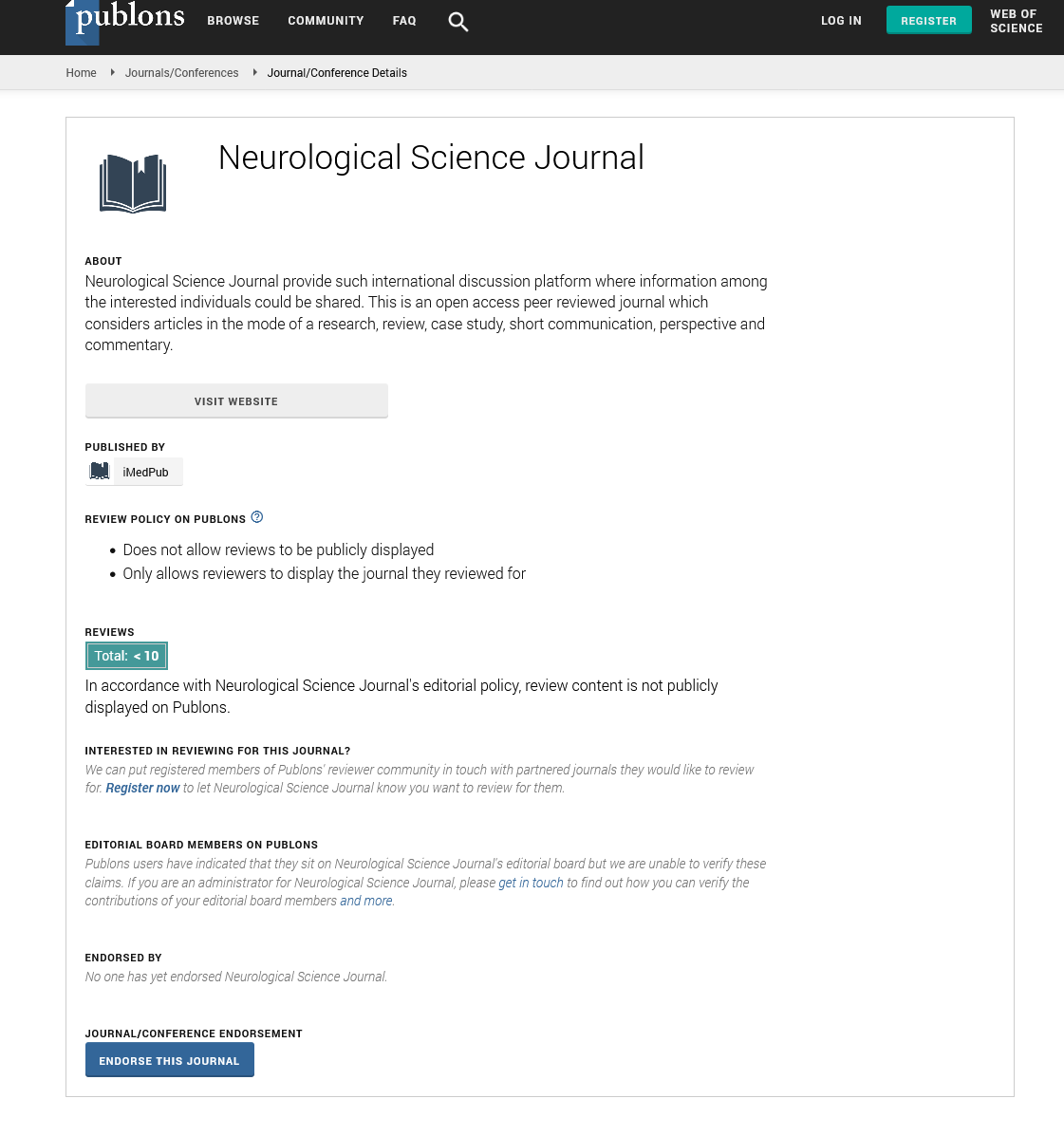Abstract
Child Psychology 2019: Creative self-concept and personality. From adolescents to emerging adults- Beatrice Adriana Balgiu, University Politehnica of Bucharest
The goals of this examination comprised 1. to recognize the innovative self-idea advancement from the early youthfulness to the rising adulthood, and 2. to investigate an example of connection between innovative self-idea and Big Five character characteristics in the correlation among young people and rising grown-ups.
Strategy: The members were two gatherings of subjects, young people (N = 100; Mage = 15,97) and developing grown-ups (N = 390; Mage = 19,07) who finished measures for evaluating Big Five character qualities (Big Five Inventory-10) and innovative self-idea and its measurements, imaginative self-viability - the trust in innovative limit, and innovative individual personality - the significance of inventiveness for self-portrayal (Short Scale for Creative Self).
Results show that the gathering of youths get higher scores than the rising grown-ups bunch at the inventive self-idea, and its measurements, proposing that imaginative personality and conviction over their own innovative capacities are essential to young people after which this significance starts to decrease. The basic condition model shows that for imaginative self-adequacy, significant indicators are Openness and Extraversion both for youths and for rising grown-ups, and for innovative individual character, indicator is Openness for young people and Openness and Agreeableness in developing grown-ups. The uprightness, neuroticism and sexual orientation don't comprise critical indicators of the inventive self-idea and its boundaries for both of the two age gatherings.
Ends: We consider the connection between innovative self-idea and character creates and turns out to be increasingly intricate as the progress from youthfulness to developing adulthood and grown-up age later.
Worldwide confidence alludes to a person's emotional assessment of their value as an individual. Like other character qualities, worldwide confidence is tolerably steady after some time and across settings (Trzesniewski, Donnellan, and Robins, 2003). This steady segment of confidence has been a significant exploration center and has been appeared to advance practices, objectives, and methods for dealing with stress that encourage accomplishment in work, school, and connections and decrease hazard for mental and physical medical issues, substance misuse, and withdrawn conduct (e.g., Crocker and Luhtanen, 2003; Donnellan, Trzesniewski, Robins, Moffit, and Caspi, 2005; Orth, Robins, and Widaman, 2012; Swann, Chang-Schneider, and Larsen McClarty, 2007; Trzesniewski et al., 2006). Considering these discoveries, a superior comprehension of the manner in which confidence changes during basic life periods, for example, the school years, is a significant cultural objective.
Albeit much exploration led to date has stressed the dependability of confidence, confidence is thought to be dynamic and receptive to occasions happening in one's life. Rising adulthood (age 18 years to mid-20s) is a time of extensive chance and challenge. Numerous youthful grown-ups move away from home just because, start school and all day employments, or wed and have youngsters. Scientists intrigued by character and advancement have stressed the significance of this period, depicting the mind boggling difficulties that youthful grown-ups face and the examples of adjustment that follow from their goals (Arnett, 2011; Erikson, 1964; White, 1966). Given the transitional idea of these years, rising adulthood might be a period during which worldwide confidence is particularly liable to change. Additionally, the formative procedure of turning into a grown-up regularly involves a scrutinizing of one's character and resulting reformulation of originations and assessments of oneself.
The current examination analyzed consistency and change in confidence during rising adulthood. As in most exploration on character advancement, we inspected the rank-request strength of confidence just as mean-level (i.e., regularizing) change. We likewise inspected indicators of the confidence direction, endeavoring to anticipate who expanded or diminished in confidence as they advanced through school. We concentrated on one of the most huge pointers of accomplishment in the school setting—scholastic accomplishment. In particular, we tried whether people who get great (terrible scores) in school will in general increment (decline) in confidence, and whether people who enter school hoping to get high evaluations keep up their confidence, or experience a drop in confidence when they neglect to live up to their desires. At long last, we analyzed people's view of how their confidence changed during school and how much these observations relate to real changes in self-esteem.1 Below, we audit past examination on these subjects.
As people experience life, their confidence unavoidably comes and goes. These variances in confidence reflect changes in our social condition just as maturational changes, for example, pubescence and intellectual decreases in mature age. At the point when these progressions are regulating, age-ward, and influence people along these lines, they will prompt total (or mean-level) changes in confidence after some time. Mean-level change is both hypothetically and measurably particular from rank-request solidness. Impressive mean-level change doesn't show low position request strength, and alternately absence of mean-level change doesn't demonstrate high soundness. For instance, a gathering of individuals may increment considerably on a quality, however their rank requesting would remain the equivalent if everybody in the gathering expanded by a similar sum. Similarly, the rank requesting of people could change generously after some time however not be reflected in total mean-level change (e.g., if the quantity of individuals who abatement balances the quantity of individuals who increment).
Author(s): Beatrice Adriana Balgiu1, Andreea Cristina Badea2
Abstract | PDF
Share This Article
Google Scholar citation report
Citations : 11
Neurological Science Journal received 11 citations as per Google Scholar report
Neurological Science Journal peer review process verified at publons
Abstracted/Indexed in
- Google Scholar
- Publons
Open Access Journals
- Aquaculture & Veterinary Science
- Chemistry & Chemical Sciences
- Clinical Sciences
- Engineering
- General Science
- Genetics & Molecular Biology
- Health Care & Nursing
- Immunology & Microbiology
- Materials Science
- Mathematics & Physics
- Medical Sciences
- Neurology & Psychiatry
- Oncology & Cancer Science
- Pharmaceutical Sciences
